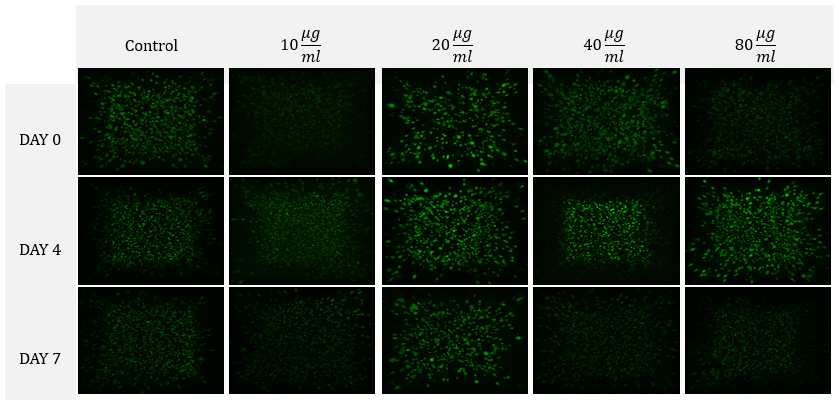Differences in the prenatal development of functionally distinct tendons signal intrinsic mediation of divergence
Supervisor: Dr. Samuel Veres
There is considerable diversity between different tendons of the body. In limbs, two separate classes of tendons are recognized: (i) those that function under low load – primarily responsible for the precise positioning of limbs and digits (‘positional tendons’; PTs) and (ii) those select few that have the added role of repeatedly storing and releasing energy under high load to reduce the energetic cost of locomotion (‘energy storing tendons’; ESTs). Mature PTs and ESTs differ biochemically, structurally, and mechanically, with each tendon class becoming highly specialized to meet distinct physiological demands. In contrast to class differences in maturity, the attributes of fetal tendons have been proposed to be similar. Because of this, variance in mechanical loading during early postnatal development has been implicated in the regulation of class-specific properties. However, multiple differences identified between PTs and ESTs at the fetal stage may suggest their divergence to be intrinsically rather than mechanically mediated. Accordingly, the present work sought to explore the potential for intrinsic divergence of tendons by comparing the structural characteristics of each class during gestation.
Keywords: Tendons, connective tissues, collagen, development, gestation.
Equipment: Polarized light microscope, transmission electron microscope.
Techniques: Hydrothermal isometric tension testing.
URL: https://www.vereslab.com/
Theodore Lownie
Contact Information

- Saint Mary's University
Department of Division of Engineering - 923 Robie St.,
Halifax, Nova Scotia, B3H3C3 - Email: ted.lownie@dal.ca
- Home: 9024020869
Biomaterial Highlight Of The Month
The Effect of Concentration of Carbon Nanotubes (CNTs) on the Viability of Human Vocal Fold Fibroblasts Encapsulated in Composite Chitosan Glycol-CNT Hydrogels
Luc Mongeau
Hossein Ravanbakhsh

Read More
